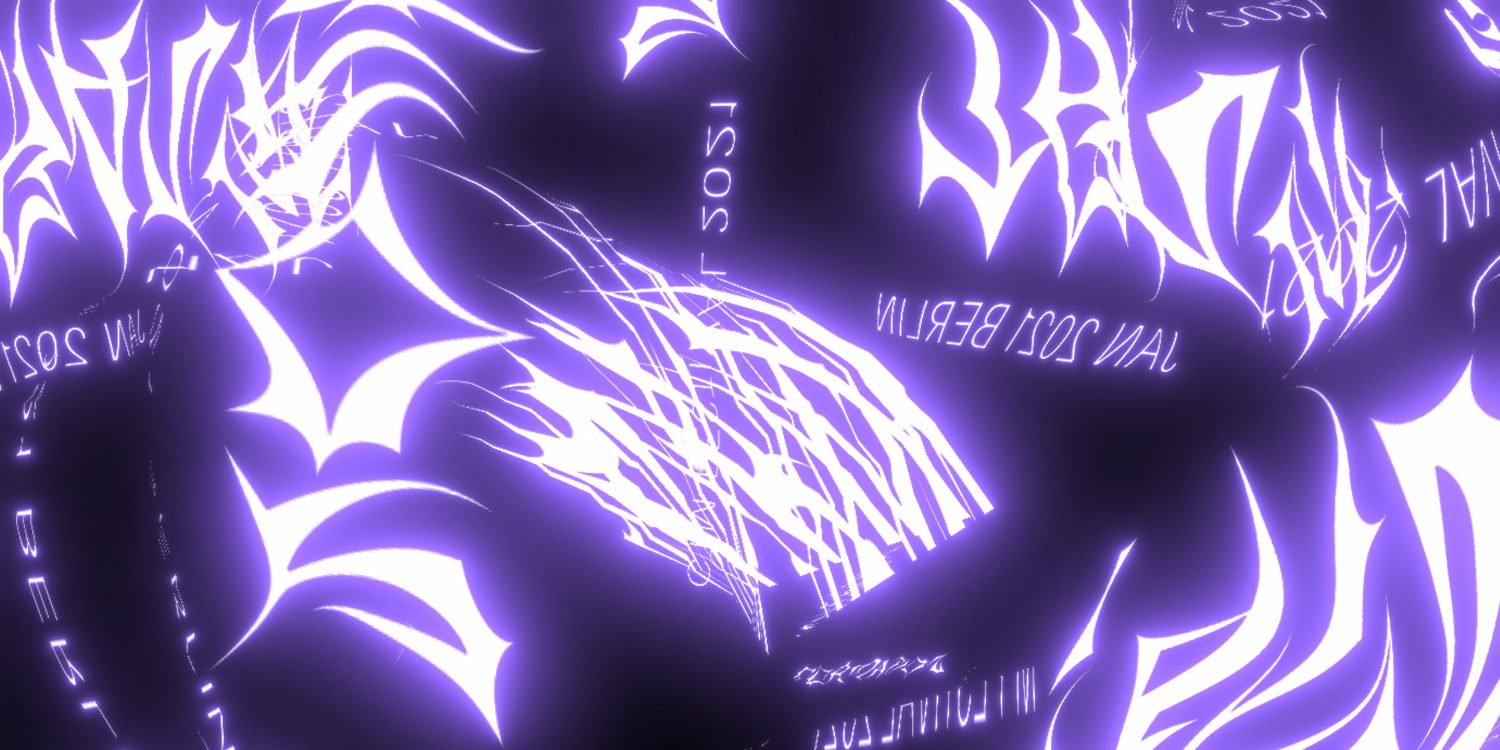What is Synthwave in a Nutshell?
Synthwave is more than just a music genre. It’s a mood, a time and place, and more than anything else, an aesthetic.
Synthwave music is a nostalgic journey back to the 80s, filled with neon lights and retro-futuristic vibes.
Beyond the visuals which are an integral part of the genre, Synthwave is characterized by the heavy use of synths, drum machines, and a multitude of retro effects that call back to the electronic music of the 80s.
Here’s the TL;DR if you’re in a rush:
- tempo: between 85 and 110;
- drums: kick on the 1 and 3, snare on the 2 and 4. Lots of reverb on the snare:
- melodic elements: string synths and arps:
Add an 80s sports car with a neon backdrop, and you’ve got yourself a single! Jokes aside, let’s dive deeper into what makes Synthwave so unique.

The History of Synthwave
Synthwave draws heavily from the electronic sounds of the late ’70s and ’80s. It’s mostly influenced by movie soundtracks, early video games, and the dawn of personal computing.
Think about the moody scores from films like Blade Runner or Tron. Synthwave borrows these elements, blending them into a genre that feels both retro and fresh.
In the mid-2000s, the genre truly started to form thanks to artists like Kavinsky. His track “Nightcall” single-handedly introduced the genre to millions of people when it was featured in the movie Drive.
Other early influences include Justice and Daft Punk, two other French artists, who helped pave the way for the Synthwave sound by mixing electronic music with elements of rock, pop, and disco.
With the resurgence of ’80s-inspired media, such as the hit TV show Stranger Things and retro-themed video games, Synthwave found itself a natural fit.
Characteristics of Synthwave
Synthwave is much more than the sum of its parts. However, let’s start by describing some of these parts to get a better idea of what Synthwave sounds like.
Drums and Percussion
The backbone of a Synthwave track is often the vintage drum machine, with the Roland TR-808 and TR-909 being favorites. Nowadays, however, you’ll have more luck finding those sounds in sample packs.
The pattern is usually straightforward, with the classic 4-on-the-floor being very common. However, at slower BPMs, you can have fun moving some kicks around. Check out these examples:
Closed hi-hats are placed on every 16th note. Finally, some claps and percussion are placed to provide more groove to the pattern.
Sound selection is everything in Synthwave. Every sample needs to fit into that 80s universe.
That’s why we always recommend spending enough time choosing your samples. If you start with the right samples, your track will pretty much mix itself. If you want to learn more, check out this video on our YouTube channel:
Coming back to our drums, the kick needs to be punchy and the snare should sound massive. Make sure to add a generous amount of reverb to your snare, ideally with a vintage-sounding reverb.
Synths and Basslines
Synths are the lifeblood of Synthwave. Although top-charting artists probably use vintage analog gear, most of us will be stuck using plug-ins.
So make sure to use analog emulation of classic hardware synths. In particular, the tones of classic ‘80s gear like the Yamaha DX7 and Roland Juno-106 are especially sought after.
The basslines in Synthwave are usually deep and rhythmic, serving as a solid foundation. You should be able to vibe by just listening to your drums and bass. Sidechain compression is often used to make the bass duck whenever a kick or snare plays. This creates the classic pulsating effect that is so pleasing:
Other Synthwave tracks might use the classic sweep-down, filtered bass:
Finally, arps and pads are an integral part of the Synthwave sound. They allow the track to sound more atmospheric and aetherial.
Vocals
Vocals aren’t always present in Synthwave. But when they are, they’re often processed with effects like pitch shifting or played through a vocoder.
These give the vocals a dreamlike, otherworldly quality. Some tracks feature full vocal performances, while others use snippets or chopped phrases to add an extra layer of atmosphere. The lyrics often explore themes of love, escapism, and futuristic fantasies, adding a narrative element to the music:
Guitar
Though synths are front and center, guitars also have a place in Synthwave. Electric guitars can add a rock-inspired edge, with solos that cut through the mix. These guitar parts are often layered with synths that play the same notes, and effects such as chorus and delay.
Overall Vibe
Synthwave aims to transport listeners into a different world, one that feels like a nostalgic yet futuristic vision of the 1980s.
Artists will often sample segments from video games, TV shows, or news announcements. This gives the music a cinematic feel. Check the intro of this track:
Beyond Music: The Synthwave Aesthetic
Synthwave extends far beyond the music—it’s a full-blown aesthetic that embraces the visual style of the ‘80s. Let’s explore some of the key elements of the Synthwave aesthetic.

Neon Colors and Retro Graphics
Synthwave visuals are dominated by bright neon colors—think pink, purple, and blue—often arranged in gradients that mimic the look of a glowing sunset.
Paired with these colors are graphic elements like grids, wireframes, and digital landscapes.
These are all inspired by the early days of computer graphics. This visual style captures the genre’s fascination with technology and the futuristic optimism of the ‘80s.
Classic Sports Cars and Futuristic Cities
Cars, especially retro sports models from the ‘80s like the Ferrari Testarossa and Lamborghini Countach, are iconic symbols within the Synthwave aesthetic.

Synthwave art often features these vehicles racing along endless highways, set against the backdrop of a futuristic cityscape.
Gaming Arcades and Vintage Tech
Synthwave embraces the golden age of arcade gaming, with imagery of glowing arcade cabinets and pixelated screens. This nostalgic nod to classic gaming is a big part of the Synthwave identity, celebrating a time when arcades were a social hub and digital worlds were just beginning to take shape.
The aesthetic also incorporates vintage tech like VHS tapes, cassette players, and early personal computers, reflecting a love for the analog era before everything went digital. That’s why you might often hear fake cassette distortion in Synthwave tracks. Some will go as far as to insert sounds of cassettes being inserted and injected at the start of a track.
Synthwave Artists You Need to Check Out
If you’re ready to explore Synthwave, here are some artists for you to check out:
Kavinsky
Kavinsky is often seen as one of the leading figures in Synthwave. His music draws heavily from ‘80s action movies and video games, creating a sound that’s both moody and cinematic. His track “Nightcall,” featured in the movie Drive, is a standout example of Synthwave’s ability to blend nostalgic sounds with modern production.
The Midnight
One of my favorite Synthwave acts, The Midnight offers a more melodic and pop take on Synthwave. Although some will argue their more recent albums are more pop than Synthwave, “Nocturnal” remains a favorite of mine.
The band often incorporates saxophone solos and heartfelt vocals. Their songs explore themes of youth and adventure, wrapped up in modern production. Check out their track “Shadows”, as well as their collab with Timecop1983 called “Static”.

Perturbator
If you’re into the cyberpunk side of Synthwave, Perturbator’s music will hit the spot. His tracks are darker and more intense, with influences from horror movie soundtracks and dystopian sci-fi. Albums like Dangerous Days are packed with menacing synths and powerful drums, creating a sound that’s both atmospheric and energizing.
FM-84
FM-84 is the solo project of Col Bennett. If you want feel-good yet nostalgic Synthwave, look no further.
He is most known for the track “Running in the Night,” which is an absolute masterpiece. But you should definitely check the whole album, “Atlas”, which remains in my opinion one of the absolute best in the genre.
Gunship
Gunship mixes Synthwave with elements of pop and rock, creating songs that are catchy, accessible, and filled with narrative depth. Their albums feature collaborations with various artists, resulting in a diverse range of sounds that still feel cohesive. Check out Tech Noir, one of their better-known tracks:
That’s it for this Guide on What is Synthwave!
That’s it for this guide on Synthwave! Hopefully, this guide was able to give you some idea about what Synthwave is, and what makes it so unique. Synthwave isn’t just a genre—it’s a time machine. And no other music genre is quite capable of transporting you like that.
Want to learn how to make your first electronic tracks, whether Synthwave, Techno or Tech House? Check out our free Masterclass 👇




